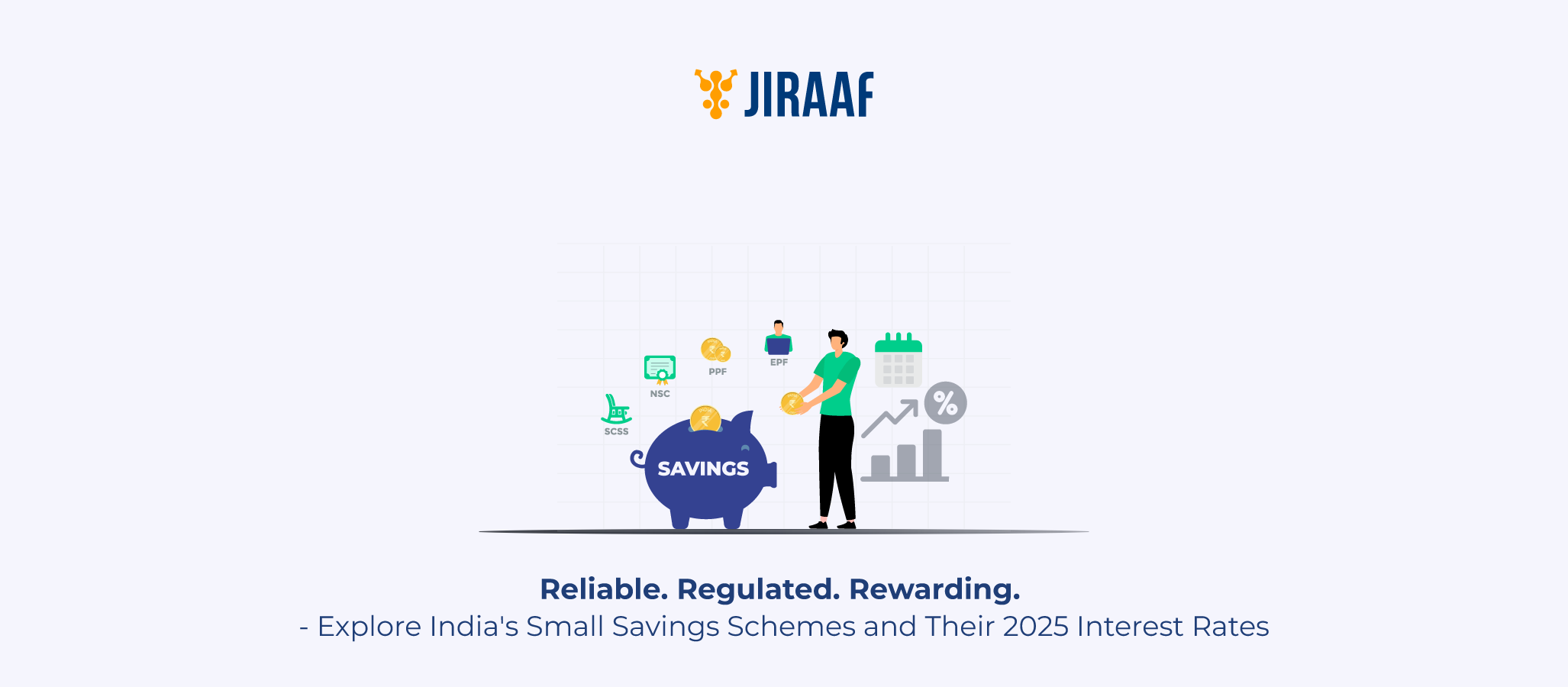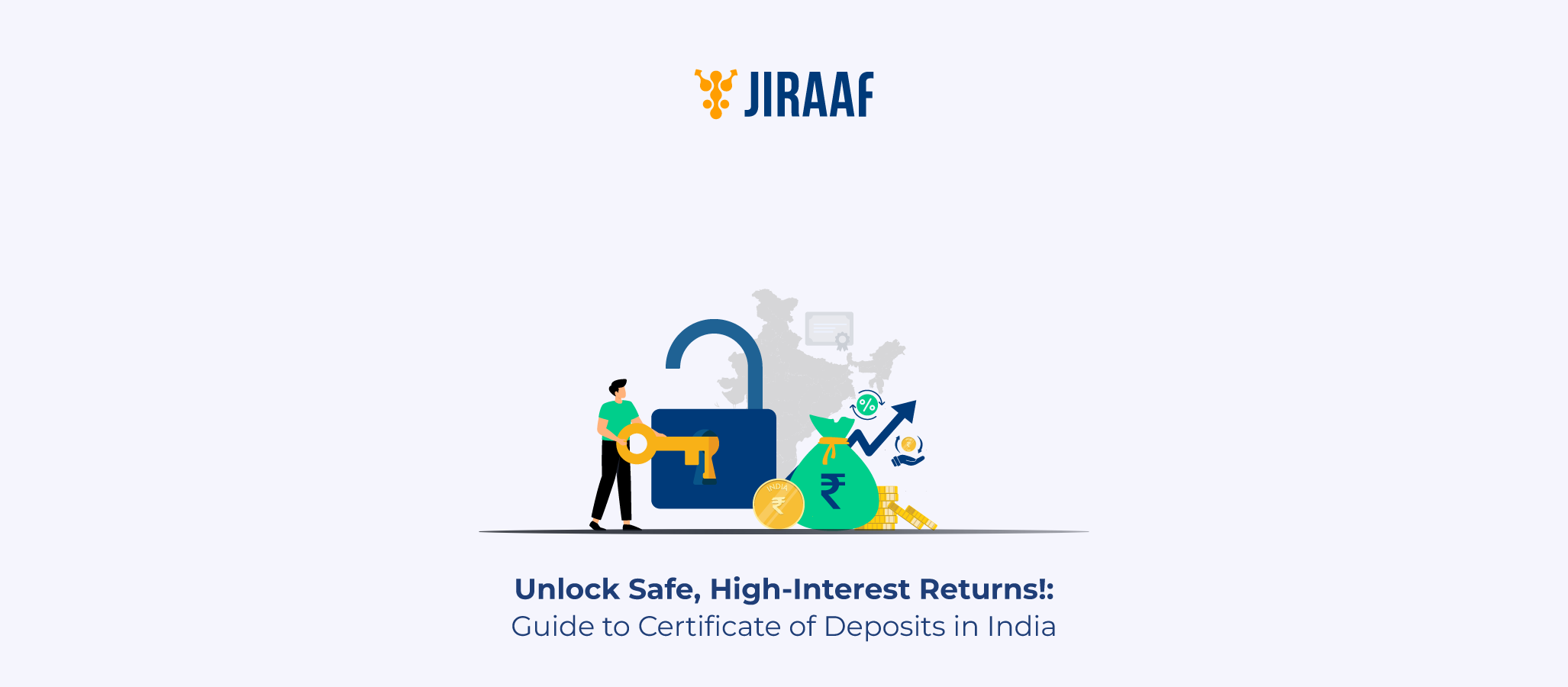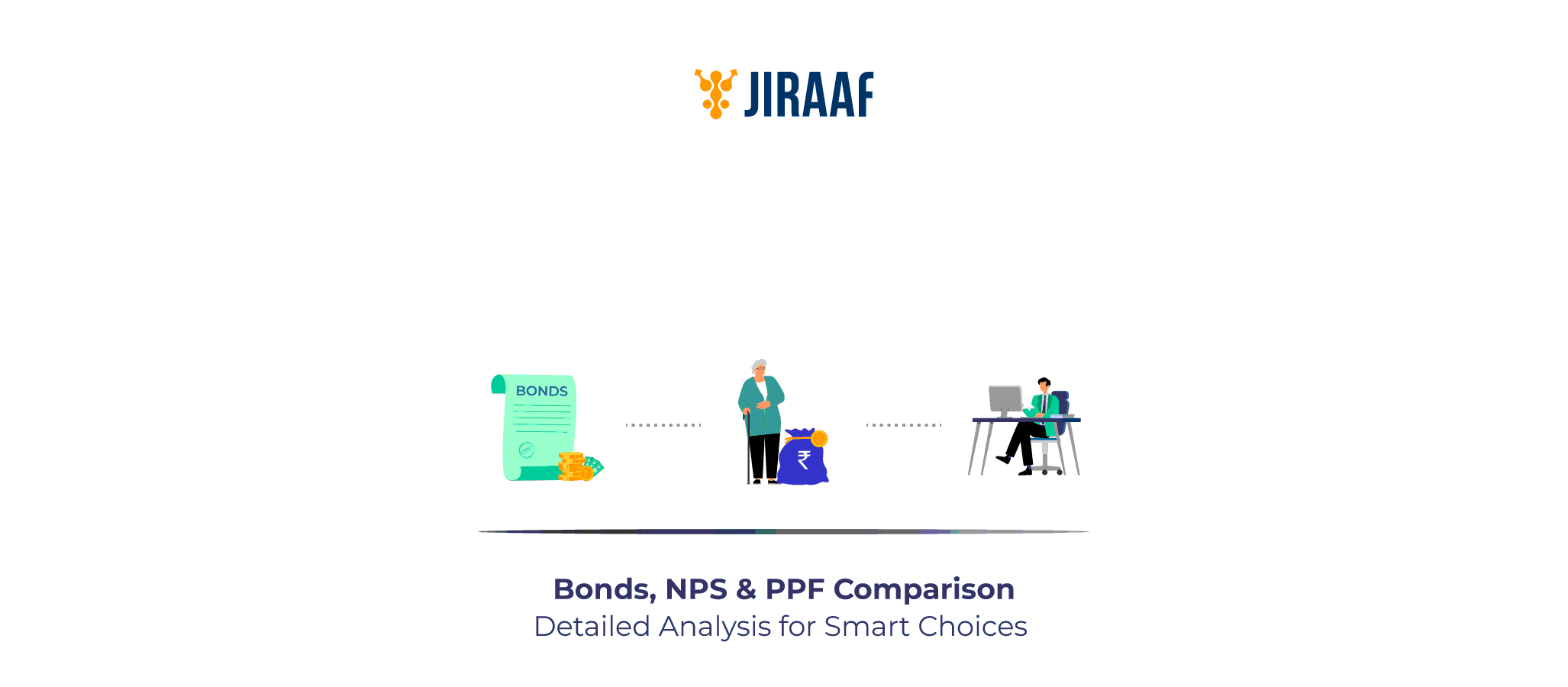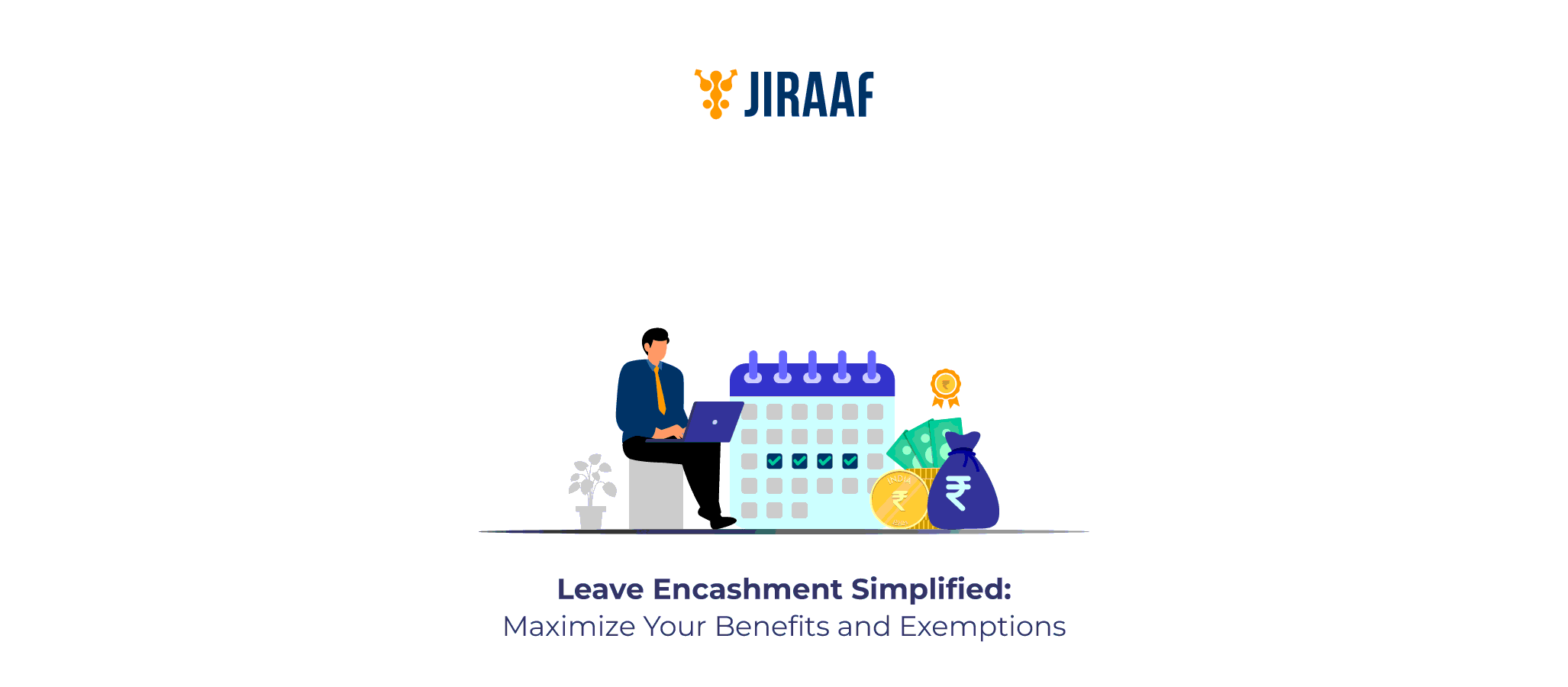In the pursuit of financial security and disciplined saving, small savings schemes offered by the Government of India have continued to be a reliable investment avenue for millions. These schemes are known for their low risk, stable returns, and accessibility through post offices and designated banks, making them popular among conservative investors, senior citizens, and rural households.
For the financial year 2025–26, the Ministry of Finance has updated the interest rates on small savings schemes, offering competitive returns amidst changing market dynamics. This blog provides an in-depth look at the latest interest rates, scheme details, eligibility, tax implications, and tips for choosing the best savings option for your goals.
What Are Small Savings Schemes?
Small savings schemes are a group of government-sponsored saving instruments that aim to promote saving habits among the Indian population while providing attractive and secure returns. These are generally administered by India Post and available at all post offices and many public-sector banks.
Key Characteristics Explained
- Backed by the Government of India: All small savings schemes are sovereign-guaranteed, making them among the safest investments available in the country.
- Fixed Interest, Mostly Revised Quarterly: The Ministry of Finance reviews and updates interest rates every quarter based on economic conditions, ensuring competitive yet predictable returns.
- Suitable for Low to Moderate Income Households: These schemes are ideal for individuals with modest savings goals. Most require minimal initial deposits and are designed to be accessible to the average citizen.
- Include Schemes like PPF, NSC, KVP, SCSS, RD, and More: These acronyms represent a wide variety of saving goals—from long-term wealth building to monthly income.
Latest Small Savings Schemes Interest Rates (2025)
As per the Indian Bank’s official circular on interest rates, here are the updated rates for Q2 FY 2025–26:
| Scheme Name | Interest Rate (Annual) | Compounding Frequency |
| Public Provident Fund (PPF) | 7.1% | Yearly |
| National Savings Certificate (NSC) | 7.7% | Yearly |
| Kisan Vikas Patra (KVP) | 7.5% (maturity in 115 months) | Compounded annually |
| Senior Citizens Savings Scheme (SCSS) | 8.2% | Quarterly |
| Sukanya Samriddhi Yojana (SSY) | 8.0% | Yearly |
| Monthly Income Scheme (MIS) | 7.4% | Monthly payout |
| Recurring Deposit (RD – 5 years) | 6.7% | Quarterly |
| Term Deposits (1–5 years) | 6.9–7.5% | Quarterly |
| Savings Account (Post Office) | 4.0% | Annually |
Note: Interest rates are subject to quarterly revisions by the Ministry of Finance and may vary slightly across institutions.
List of Popular Small Savings Schemes in India
1. Public Provident Fund (PPF)
A 15-year investment plan that offers tax-free interest and maturity. It suits those who want long-term, low-risk compounding.
2. National Savings Certificate (NSC)
A 5-year savings bond that qualifies for tax benefits under Section 80C. It is popular among salaried individuals for safe growth.
3. Kisan Vikas Patra (KVP)
This scheme doubles the investment in a fixed time frame (115 months at current rates). No tax benefit but fully secure.
4. Senior Citizens Savings Scheme (SCSS)
Exclusively for individuals above 60 years. Offers the highest interest rate with quarterly payouts for income.
5. Sukanya Samriddhi Yojana (SSY)
Meant for the girl child, it offers high returns and tax-free maturity. Can be opened until the girl turns 10.
6. Post Office Monthly Income Scheme (POMIS)
Provides monthly interest payouts. It is great for retirees or individuals looking for a steady secondary income.
7. Recurring Deposit (RD)
It lets you invest monthly for 5 years. Suitable for disciplined savers with small monthly contributions.
8. Post Office Term Deposit (TD)
Like fixed deposits. Offers varying terms from 1 to 5 years with quarterly compounding.
9. Post Office Savings Account
A basic savings account with a nominal interest rate of 4%. Safe place for storing liquid funds.
Best Small Saving Schemes to Invest in 2025
1. For Long-Term Wealth Building
- PPF: Offers 7.1% compounded annually and tax-free on withdrawal. Ideal for retirement planning.
- NSC: Shorter lock-in of 5 years. Interest is taxable but also reinvested and eligible for 80C.
2. For Girl Child Savings
- SSY: With an 8% rate and tax-free returns, it’s one of the best long-term plans for a girl’s future education or marriage.
3. For Senior Citizens
- SCSS: Provides the highest interest rate (8.2%) with quarterly income payouts. It comes with a 5-year lock-in, extendable by 3 years.
4. For Regular Income
- POMIS: Monthly interest payouts make it ideal for pensioners or individuals who need liquidity.
5. For Mid-Term Goals
- KVP: Fixed return with doubling over ~9.6 years. Aimed at wealth preservation.
- RD: Good for salaried individuals who want to save systematically every month.
How Interest Is Calculated on Small Savings Schemes
1. Yearly Compounding
Used in schemes like PPF, NSC, and SSY. While interest is calculated monthly, it is credited only at the end of the financial year.
2. Quarterly Compounding
Applied in schemes like RD and SCSS. Interest is calculated every quarter and added to the principal for compound growth.
3. Monthly Payout
Used in POMIS. Instead of compounding, interest is paid out as cash monthly, which does not allow for compound growth but provides regular income.
Example:
A ₹1 lakh investment in SCSS for 5 years at 8.2% will yield quarterly interest of ₹2,050 and ₹40,000+ in total interest by maturity.
Tax Benefits on Small Savings Schemes
| Scheme | 80C Deduction | Interest Taxation |
| PPF | Yes (up to ₹1.5L) | Tax-Free |
| NSC | Yes | Taxable (interest reinvested is also deductible) |
| SCSS | Yes | Taxable quarterly income |
| SSY | Yes | Fully tax-free |
| KVP | No | Fully taxable |
| RD | No | Taxable annually |
| MIS | No | Monthly interest taxable |
How to Choose the Right Small Saving Scheme for You
1. Based on Investment Goal
- Long-term growth: Choose PPF or SSY
- Mid-term needs: Go with NSC or KVP
- Income generation: Opt for SCSS or MIS
2. Based on Tax Planning
- Use PPF or SSY if you want completely tax-free outcomes
- NSC and SCSS offer deductions but are partially taxable
3. Based on Tenure & Liquidity
- Longer-term (15+ years): PPF
- Medium-term (5–10 years): NSC, KVP, SCSS
- Short-term (1–5 years): TD, RD, MIS
Conclusion
Small savings schemes continue to provide a vital financial cushion to a broad segment of Indian society. Whether you’re saving for retirement, your child’s future, or looking for monthly income, there’s a small saving scheme tailored to your needs.
As of 2025, interest rates remain attractive and steady—making this a good time to revisit your portfolio and consider safe, government-backed instruments. While the returns might not match high-risk investments, the security, accessibility, and steady compounding make small savings schemes a cornerstone of Indian financial planning.
Frequently Asked Questions (FAQs)
What are small savings schemes in India?
They are secure, fixed-return investment options offered by the government through post offices and banks.
Which small savings scheme offers the highest interest rate in 2025?
SCSS offers the highest at 8.2% per annum.
Are small savings schemes safe to invest in?
Yes. They are sovereign-backed, making them among the safest instruments.
How often are small savings scheme interest rates updated?
They are reviewed and possibly revised every quarter.
Can NRIs invest in small savings schemes in India?
No. These schemes are open only to resident Indians.
Are returns from small savings schemes taxable?
Returns from PPF and SSY are tax-free. Others may be fully or partially taxable.
Which is the best small saving scheme for senior citizens?
The SCSS is ideal for its high return, quarterly income, and safety.
Discover fixed income investments with Jiraaf, a SEBI registered online bonds platform that educates and brings access to a wide array of bonds. Sign up today to explore diversified fixed income investment opportunities to support your goal-based wealth creation journey. Start investing!









